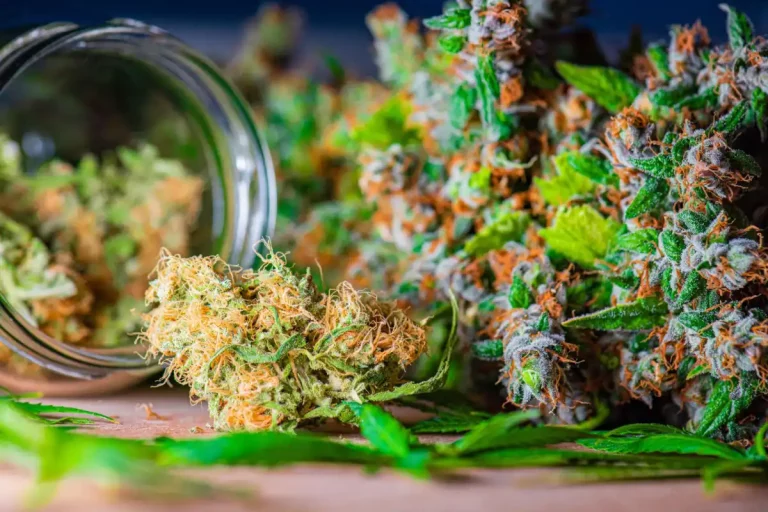Shiitake Mushroom: Asia has a secret staple food that provides great medicinal properties. Have you ever heard or tried shiitake mushrooms? Shiitake mushrooms are the second-most popular ingredients used in Asian cuisine.
They are also the second most produced and widely cultivated edible mushroom globally. You may be missing out on the benefits of this popular mushroom by not adding it to your daily diet. With their savory taste, they offer various benefits for different bodily functions.
Why should you start eating shiitake mushrooms? Let’s a look at the shiitake mushroom health benefits and see why you should adopt it into your diet.
Table of Contents
How Should You Eat Shiitake Mushrooms?
There are two ways you can add shiitake mushrooms to your diet: supplements or whole foods. You can cook with fresh or dried shiitake mushrooms. The dried variety allows you to enjoy a better flavor while getting the health benefits of shiitake mushrooms.
Dried shiitake brings out an umami flavor that’s more intense than fresh shiitake. Umami flavor is a Japanese term stating that the food has a meaty and savory taste. It is often considered as the fifth taste, alongside bitter, salty, sour, and sweet.
As a supplement, the shiitake mushrooms will be in powder or capsule form. You can add the shiitake mushroom powder to your tea and smoothies or create broths for soups.
Five Shiitake Mushroom Health Benefits
Why do people use shitake mushroom for health and wellness? These have many chemical compounds that can protect your DNA from oxidative damages. They act as a natural remedy in alternative medicine and traditional Chinese medicine.
It is a unique mushroom containing eight essential amino acids. Mixing these mushrooms into your meals will bring promising health benefits. Here are five promising shiitake mushroom health benefits.
1. Lessens Risk of Obesity
Shiitake mushrooms contain certain components that have fat-reducing properties. This includes b-glucan and eritadenine, which are often found in rye, oats, and barley. B-glucan increases satiety, which decreases your cravings for snacks or seconds.
It can also delay nutrition absorption, lessening plasma lipid or fat levels. Adding shiitake mushrooms to your high-fat diets is an efficient method of preventing weight gain. You can avoid plasma triacylglycerol and fat disposition.
2. Supports Your Immune System
Do you want something light that can combat many diseases and boost your immune system? A cup of shiitake mushrooms has plenty of copper needed for most adults. Copper is vital for supporting the activity and creation of various immune cells.
This includes phagocytes, T cells, neutrophils, natural killer cells, B-lymphocytes, and antibodies. Shiitake mushrooms also contain Zinc, which fights oxidative stress and infections. Having a daily dose of shiitake mushrooms will improve your gut immunity.
3. Lessens the Risk of Cancerous Cells
Shiitake mushrooms can’t cure cancer or diseases, but they can reduce the risk. The mushrooms contain polysaccharides that may produce an anti-cancer effect. It helps you fight cancer tumors by helping activate your immune system.
You may find another compound called lentinan, which can help heal chromosome damage. It can also slow down the growth of leukemia cells and prevent them from spreading. In China and Japan, they use it alongside other treatments to help with gastric cancer.
4. Provides Antioxidant and Anti-Inflammatory Nutrients
Shiitake mushrooms contain plenty of antioxidant minerals, including Zinc and Copper. They also contain selenium, reducing oxidative stress and age-related mental decline. It also holds a high amount of beta-glucan, helping improve skin conditions.
You can fight against bedsores, wounds, burns, and eczema. Shiitake mushrooms also provide phenolic and terpene-related antioxidants. On the anti-inflammatory side, shiitake mushrooms can decrease inflammation and body pains.
Decrease the chance of acne, depression, anxiety, and fatigue connected with chronic inflammation. Alongside fruits and veggies, shiitake mushrooms help your body respond to inflammation. It will also prevent gum inflammation and tooth plaque or decay.
5. Boosts Energy and Brain Function
Shiitake mushrooms are a great source for high levels of B vitamins. Vitamin B3 plays a huge role in supporting adrenal function and energy production. It also converts all the nutrients from your food into energy.
Your body requires Vitamin B and its water-soluble capabilities. These mushrooms also have the ability to increase focus and improve cognitive functions. They can balance hormones naturally to help you break through brain fogs.
Potential Side Effects
Shiitake mushrooms may have the opposite effect if you take more than what your body needs. They are a powerful mushroom that can cause some symptoms to flare up. If you have an autoimmune disorder, it’s best to limit this immune system boosting food.
You may also develop a skin rash from handling and eating raw shiitake mushrooms. The skin rash comes from an allergic reaction known as “shiitake dermatitis.” It’s not a long-term problem since it can self-resolve in no time at all.
Powdered shiitake mushroom extract used for long periods may cause side effects. You may experience an upset stomach or have an increased sensitivity to sunlight. These will also increase your white blood cell count, making your skin more sensitive to the sun. You also have to be careful of the high amounts of purine in shiitake mushrooms. Purine is a chemical compound that your cells use as building blocks for RNA and DNA. If you have too much of it, your uric acids will rise and cause conditions like hyperuricemia or gout.
If you have gout, you should limit your shiitake mushroom intake. Your body may not be fast enough to remove the by-product, making the uric acid build-up. You should consult your nutritionist before adding shiitake mushrooms to your diet.
Take Advantage of this Amazing Mushroom
Shiitake mushrooms are a nutritious and versatile food, potentially replacing meat in taste and nutrient content. Be sure to place the right amount of this powerful mushroom in your meals. Consult with your doctor to get the most out of the shiitake mushroom health benefits.
Shiitake mushrooms aren’t the only mushrooms with health benefits. You can learn more about powerful and healthy foods by checking out our other blog posts. Get to know more superfoods that can affect your health.










